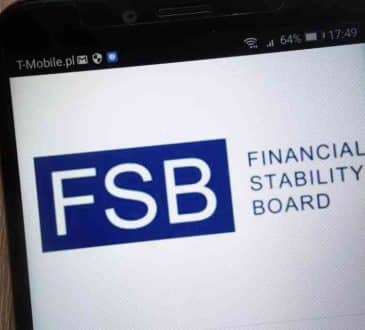When psychology meets economy: the framing effect

Making decisions is something we have to deal with on a daily basis in every situation. The decision-making process becomes more complicated when we have a variety of options to choose from. There is also the possibility that our irrational human trait is influenced by the way an information is framed: this could condition our judgments and decisions.
The reason why this happens to us is known as “framing effect”. A framing effect takes place when people react differently to divergent but objectively equivalent descriptions of the same message. The formulation tends to strongly affect our decision-making. When faced with a choice between safe and risky options, with identical expected values, people are often driven by emotions. They tend to choose more often the risky option when the choice is phrased with a negative frame than with a positive one.
Many studies have concluded that emotions are the basis on which decisions are made. The influence on the decision-making is made by two types of emotions: the expected one and the immediate one. The expected emotions are the ones we forecast to feel once the consequences of our choices occur. The immediate emotions are the ones we felt at the time we made a decision. In addition, the way data are presented to us has a relevant role and it is able to strongly impact our emotions.
To explain this effect, the psychologists Daniel Kahneman and Amos Tversky have conducted few very illustrative experiments. The first one was about a hypothetical Asian disease that was expected to cause 600 deaths. The participants were divided into two groups and the same solutions were presented with two different formulations.
The first group was presented with positive framed options:
- 200 people will be saved.
- 1/3 probability of saving everyone (no deaths), 2/3 probability of saving no one (all dead).
For the second group the solutions were presented in a negative sense:
- 400 people die.
- 1/3 probability no one will die, and 2/3 probability 600 people will die.
If we rationally analyse the different options, we will realise that options A-C and B-D are equivalent in terms of content but phrased differently. The results were astonishing: the majority of participants in the first group chose option A, whereas in the second group, the majority favoured the opposite option D. These results revealed a clear inconsistency in the choices made, which is directly related to how the solutions were presented.
The second experiment consisted of asking the following questions:
- “You have to undergo a medical surgery that has a 10% chance of being fatal. Would you agree to do it?”.
The majority of people answered that they would refuse the surgery.
- “You have to undergo a medical surgery that in 90% of cases will have no consequences. Would you agree to do it?”.
The majority of people answered that they would accept it.
Likewise in this example, the results of surgery suggested are identical and both sentences mean the exact same thing. Although our brain evaluates the meaning of the received information differently and is more inclined to give a positive answer depending on how the sentence is formulated.
Our brain has a different approach when faced with the prospect of gain or loss, this influences our personal evaluation of a problem, to the extent that we give two opposite answers to the exact same question.
The results show how people tend to avoid risks when there is a positive event and look for it when there is a negative one. Therefore, people perceive to a greater extent the harm caused by a potential loss than the benefit of the potential gain.
The framing effect results on relying on an emotional, intuitive, and rapid form of thinking rather than a rational and reflective form of mental operation. More specifically, a safe gain, compared to an equivalent risky option, are emotionally attractive and in reverse safe losses are emotionally aversive and risk seeking.
Written by Riccardo Pandini.
Have you read?
The opportunity for success in 2023 is yours by Ingrid Maynard.
A First-Rate Family Enterprise Involves Collective Learning by Wendy Sage-Hayward.
Leading as a Purple Making by Dr. Chip R. Bell.
The new arena of tourism entrepreneurship by Prof. (Dr.) Manoj Joshi.
POST-PANDEMIC LEADERSHIP: New Challenges for Positive Influence Leaders by Glenn Parker.
Add CEOWORLD magazine to your Google News feed.
Follow CEOWORLD magazine headlines on: Google News, LinkedIn, Twitter, and Facebook.
Copyright 2024 The CEOWORLD magazine. All rights reserved. This material (and any extract from it) must not be copied, redistributed or placed on any website, without CEOWORLD magazine' prior written consent. For media queries, please contact: info@ceoworld.biz








